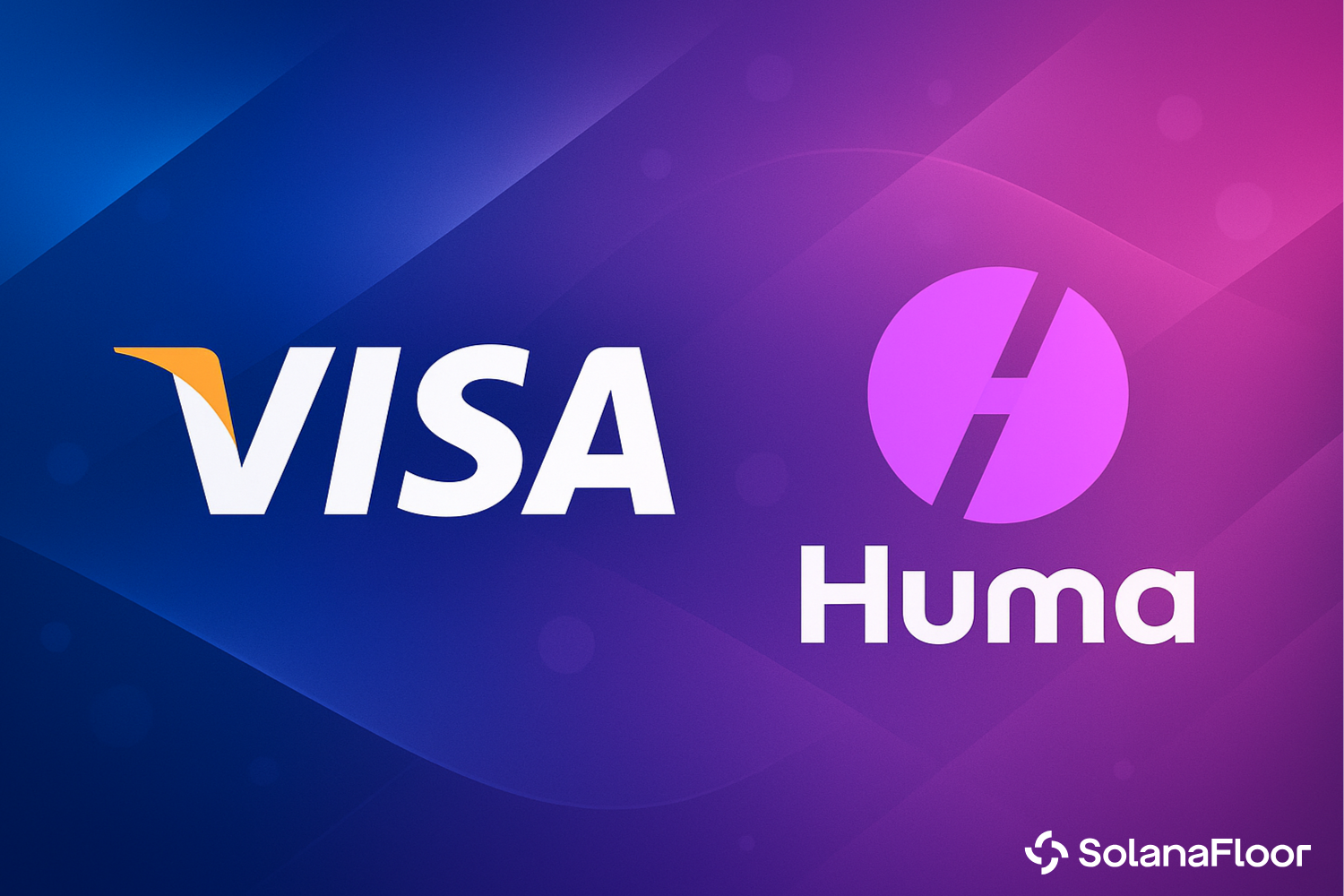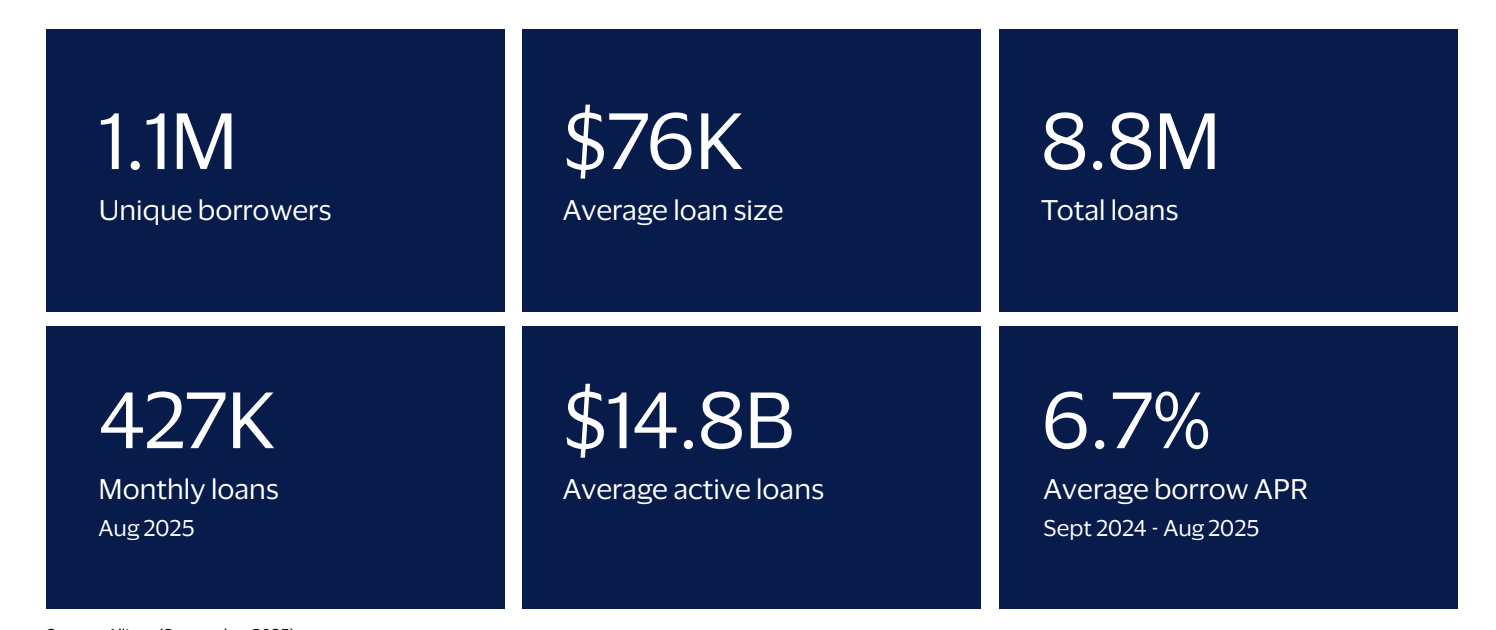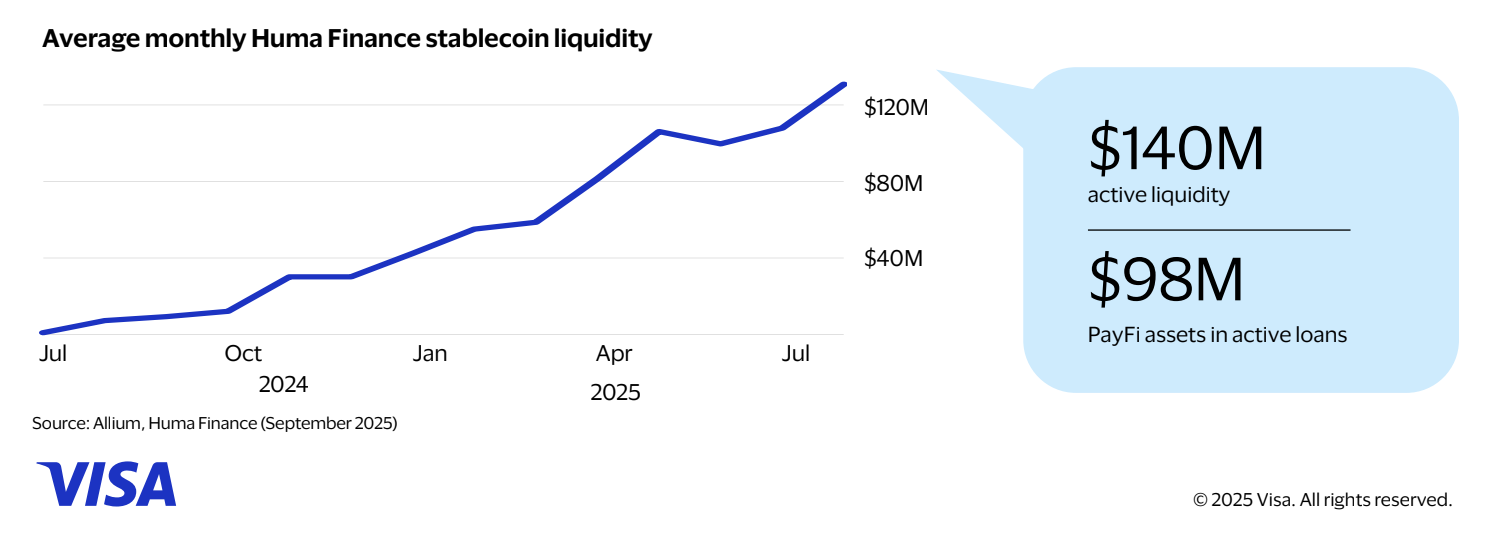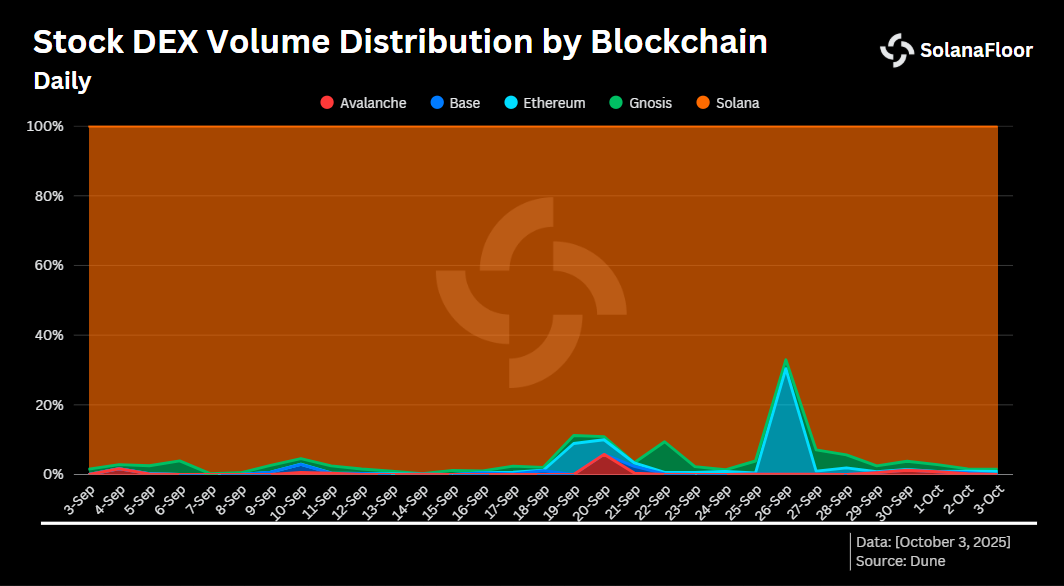
Visa Stablecoin Lending Report Highlights Huma Finance’s Cross-Border PayFi Network
PayFi and RWAs featured in Visa’s stablecoin lending report
- Published:
- Edited:
Visa, one of the world’s leading payments processors, is doubling down on its stablecoin thesis. With the passing of the GENIUS Act, institutional players are more avidly exploring how to leverage onchain economic primitives than ever before.
In a new report, Visa outlines the emerging opportunities within the onchain stablecoin lending scene, highlighting the growth and efficiency of platforms like Huma Finance.
Beyond the explosion of stablecoin lending in recent years, Visa also points to the proliferation of RWAs and tokenization as the next frontier for continued blockchain adoption.
Huma Finance Recognized for Onchain Lending Opportunities
Visa, a tradfi titan that needs no introduction, is irrefutably bullish on stablecoin technology. Having proven their effectiveness for global payments at scale, stablecoin lending is rapidly becoming a topic of conversation among the financial elite.
“At Visa, we are fascinated by the potential of stablecoins as programmable money and how smart contracts could modernize lending while increasing global access to credit. We believe these technologies create significant opportunities for banks to grow their core businesses and better serve customers. Therefore, our goal is to help our network of 15,000+ financial institutions deeply understand this emerging ecosystem and provide them with the necessary infrastructure and capabilities to participate in onchain lending and payments.”

Visa’s latest report celebrates the growth of stablecoin lending across the blockchain industry. According to Visa, over $670B worth of stablecoin-denominated loans have been executed in the onchain economy in the past 5 years, supported by YoY growth.
To further illustrate the sector’s prolific growth, Visa highlighted surging activity across Huma Finance’s payment financing network. Huma’s monthly transaction volume now exceeds $500M, with over $140M in liquidity.

Visa’s report additionally mentions how Huma benefits lenders, who consistently earn over 10% APY (50% higher than the average borrow rate) on their provisions. Huma’s favorable yield rates are largely driven by its compliant cross-border payment financing, which eliminates the need for pre-funding, capital lock-ups, and other related costs and delays.
Given the frequency with which stablecoin payments allow loans to be repaid, Huma’s PayFi network is able to rapidly recycle capital, passing fees to lenders and increasing yield.
With the passing of the GENIUS Act, Visa argues that the stablecoin lending environment sits on the precipice of further adoption as regulatory headwinds ease, empowering TradFi players to engage more profoundly in the onchain economy.
Visa Optimistic on RWA Tokenization Wave
Looking ahead, Visa considers tokenization and the expansion of onchain RWAs to be one of blockchain’s biggest opportunities over the next decade. While the total market size of onchain RWAs across all chains currently sits at $33.91B, Visa’s report stipulates this figure could rise as high as $4T by 2030, unlocking a $40T traditional credit market.
These projections suggest that Solana’s onchain tokenization scene could be fertile ground for innovation and disruption within the RWA sector.

Providers like Remora Markets and xStocks are dominating tokenized stocks, with over 95% of tokenized stock volumes being processed on Solana. Remora Markets specifically continues to witness increasing adoption, with over 3,500 traders executing over $9.2M in volume since launch in September.
Read More on SolanaFloor
Here’s how to find the next onchain 100x runner:
Lift Your Copy Trading Game with Vybe
What Might Have Caused Last Week’s $19B Liquidation Cascade



